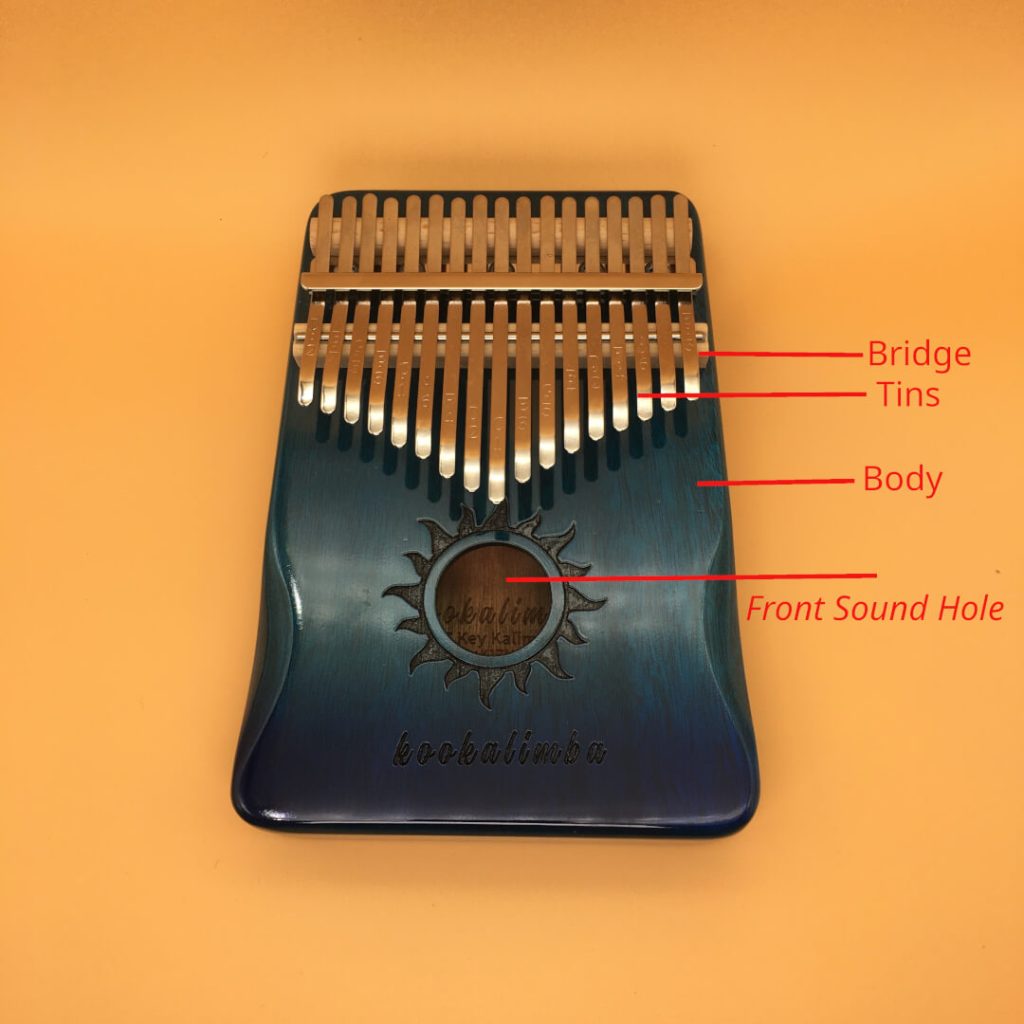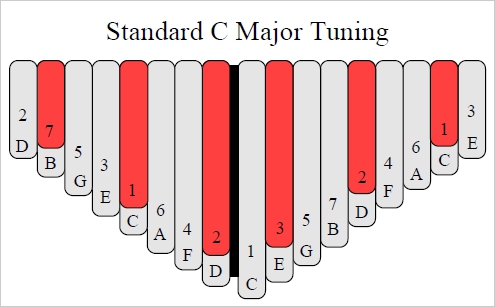The kalimba is a beautiful and unique instrument that originated in Africa. It is also known as the thumb piano, and it is a part of the percussion family. The kalimba is usually made out of wood, and it has metal tines that are plucked with the thumbs. The kalimba has a very calming and soothing sound, which makes it a great instrument for relaxation. If you’re interested in learning how to play the kalimba, one of the first things you need to do is learn how to read kalimba notes. In this blog post, we will show you how to do just that!
How to Read Kalimba Notes – Step by Step Guide
Learning how to read kalimba notes is not as difficult as it may seem at first. In fact, once you get the hang of it, it will be a breeze! Here is a step-by-step guide on how to read kalimba notes:
Step 1: Familiarize yourself with the layout of the kalimba
The first thing you need to do is take a look at the layout of the kalimba. Each kalimba will have a different number of tines (the metal bars that are plucked), but they will all be arranged in a similar fashion. There will be a row of shorter tines and a row of longer tines. The shorter tines will be located closest to you, and the longer tines will be located further away.

Step 2: Find Middle C
Once you have familiarized yourself with the layout of the kalimba, it’s time to find Middle C. This is important because Middle C serves as your starting point when reading kalimba notes. On most kalimbas, Middle C can be found on the second row of tines (the row furthest away from you). However, some kalimbas may have Middle C on the first row of tines. If you’re not sure where Middle C is located on your kalimba, consult your user manual or ask someone who knows how to play the instrument.
Step 3: Determine which note each tine corresponds to
Once you have found Middle C, you can start determining which note each tine corresponds to. As we mentioned earlier, each row of tines (short or long) will correspond to a different note. For example, on most kalimbas, the shortest tine in the first row will correspond to Middle C, while the longest tine in the second row will correspond to high C. By using this method, you can determine which note each individual tine corresponds to.
If you’re still having trouble figuring out which note each tine corresponds to, don’t worry! There are plenty of resources available online that can help you out, including diagrams and charts that show exactly where each note is located on the kalimba.
Step 4: Practice reading sheet music
Now that you know how to read kalimba notes, it’s time to practice! One of the best ways to do this is by finding some easy sheet music specifically written for beginners (you can find plenty of free sheet music online). Start by practicing slowly and gradually increase your speed as you become more comfortable with reading kalimba notes. Before you know it, you’ll be playing your favorite songs with ease!
Once you know the notes, it’s time to start playing! There are many different songs that you can play on the kalimba. You can find sheet music for popular songs online, or you can make up your own tunes. Experiment and have fun! Soon you’ll be an expert at playing the kalimba.

Conclusion:
The kalimba is a beautiful instrument with a mellow sound. If you are new to the kalimba, learning the notes can seem daunting. But don’t worry! With a little practice, you’ll be playing beautiful music in no time. There are two ways to learn the notes on a kalimba: by ear or by sight. Once you know the notes, it’s time to start playing! Experiment and have fun! Soon you’ll be an expert at playing the kalimba.
